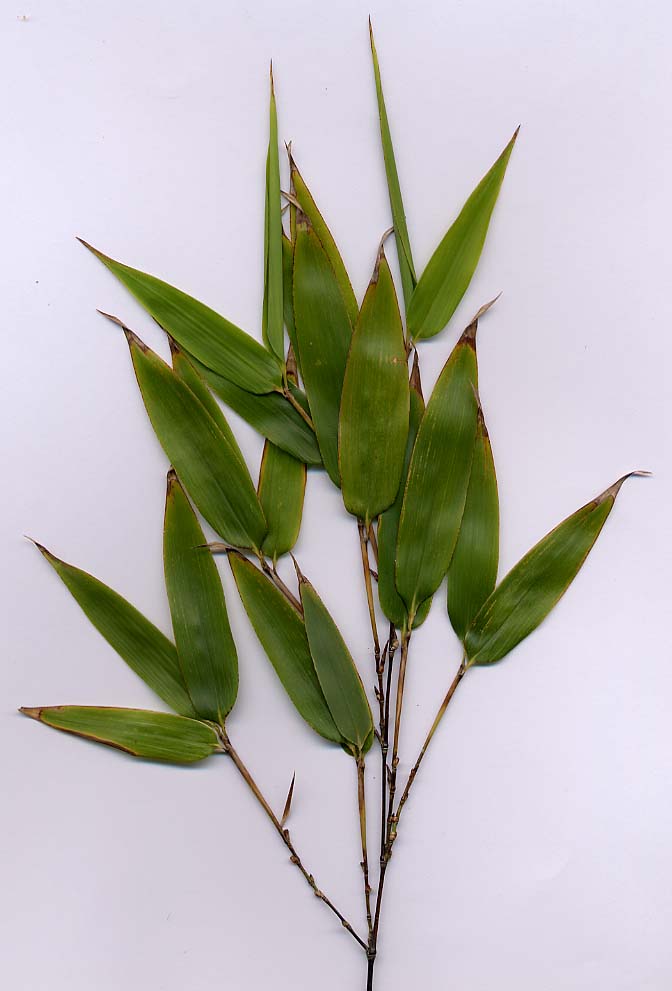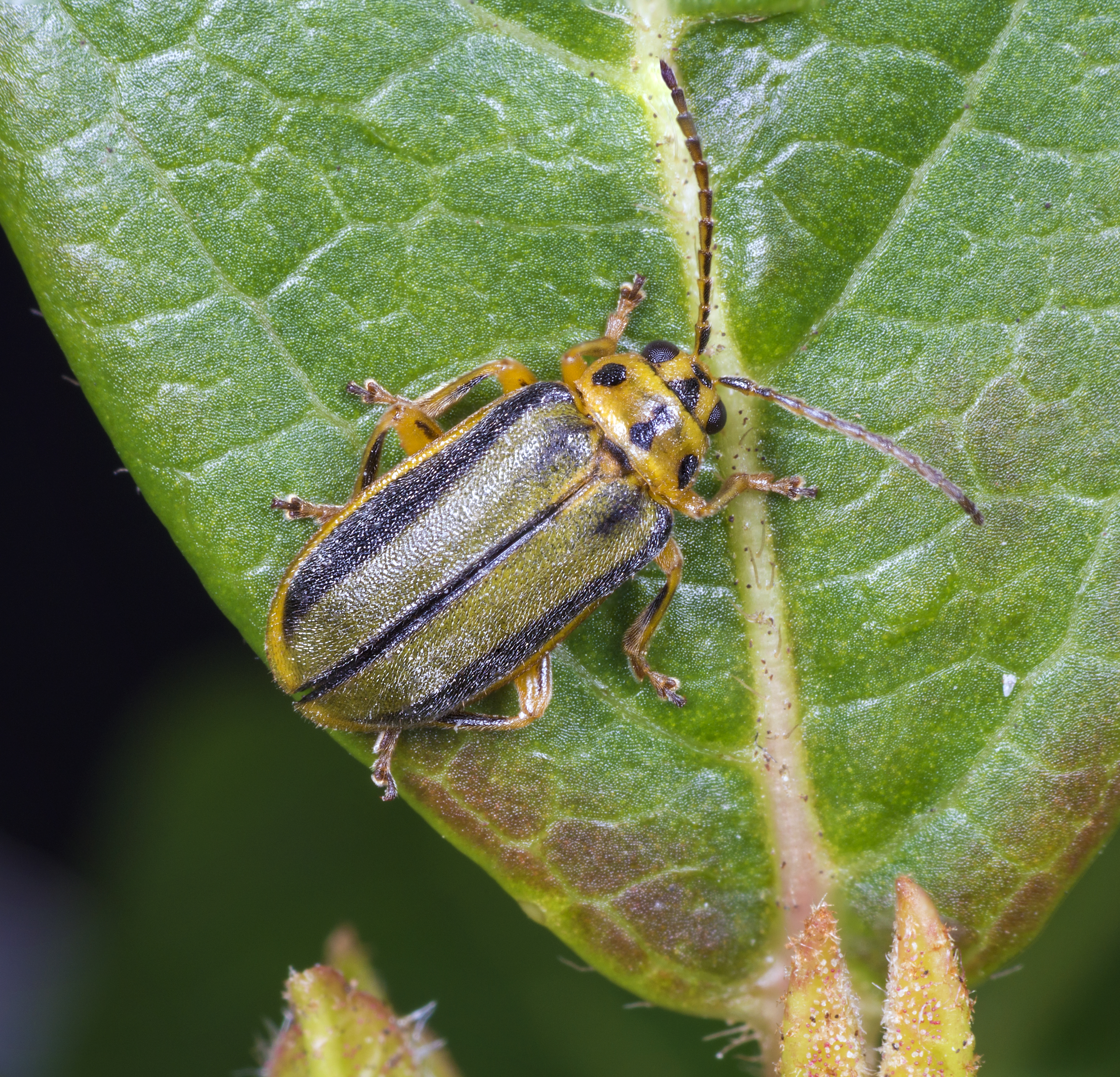|
Ulmus 'Aspera'
The elm cultivar ''Ulmus'' 'Aspera' was listed (as ''U. stricta aspera'') without description by Loddiges, ( Hackney, London), in his catalogue of 1823. Considered only "possibly ''procera Procera is a hypothetical clade of amphibians that includes salamanders and caecilians but not frogs. A close relationship between salamanders and caecilians is a competing hypothesis to the more widely supported view that salamanders and frogs a ...''" by Green. Description Not available. The name suggests sharp-pointed leaves. Cultivation No specimens are known to survive. References {{Elm species, varieties, hybrids, hybrid cultivars and species cultivars , state=collapsed Ulmus articles missing images Elm cultivars Missing elm cultivars ... [...More Info...] [...Related Items...] OR: [Wikipedia] [Google] [Baidu] |
Ulmus
Elms are deciduous and semi-deciduous trees comprising the flowering plant genus ''Ulmus'' in the plant family Ulmaceae. They are distributed over most of the Northern Hemisphere, inhabiting the temperate and tropical-montane regions of North America and Eurasia, presently ranging southward in the Middle East to Lebanon and Israel,Flora of Israel OnlineUlmus minor Mill. , Flora of Israel Online accessdate: July 28, 2020 and across the Equator in the Far East into Indonesia.Fu, L., Xin, Y. & Whittemore, A. (2002). Ulmaceae, in Wu, Z. & Raven, P. (eds) Flora of China'', Vol. 5 (Ulmaceae through Basellaceae). Science Press, Beijing, and Missouri Botanical Garden Press, St. Louis, US. Elms are components of many kinds of natural forests. Moreover, during the 19th and early 20th centuries, many species and cultivars were also planted as ornamental street, garden, and park trees in Europe, North America, and parts of the Southern Hemisphere, notably Australasia. Some individual ... [...More Info...] [...Related Items...] OR: [Wikipedia] [Google] [Baidu] |
Cultivar
A cultivar is a type of cultivated plant that people have selected for desired traits and when propagated retain those traits. Methods used to propagate cultivars include: division, root and stem cuttings, offsets, grafting, tissue culture, or carefully controlled seed production. Most cultivars arise from purposeful human manipulation, but some originate from wild plants that have distinctive characteristics. Cultivar names are chosen according to rules of the International Code of Nomenclature for Cultivated Plants (ICNCP), and not all cultivated plants qualify as cultivars. Horticulturists generally believe the word ''cultivar''''Cultivar'' () has two meanings, as explained in '' Formal definition'': it is a classification category and a taxonomic unit within the category. When referring to a taxon, the word does not apply to an individual plant but to all plants that share the unique characteristics that define the cultivar. was coined as a term meaning "cultivated vari ... [...More Info...] [...Related Items...] OR: [Wikipedia] [Google] [Baidu] |
Loddiges
The Loddiges family (not uncommonly mis-spelt ''Loddige'') managed one of the most notable of the eighteenth and nineteenth century plant nurseries that traded in and introduced exotic plants, trees, shrubs, ferns, palms and orchids into European gardens. Founding and rise The founder of the nursery was Joachim Conrad Loddiges (1738–1826). He was born in Hildesheim, Lower Saxony; his father Casper Lochlies was a gardener to a nobleman in Wrisbergholzen, near Hannover. Conrad trained in The NetherlandsJenny 2008. and emigrated to Britain at the age of 19 during the Seven Years' War to take up employment as gardener for Dr J. B. Silvester in the suburban village of Hackney, north of London. It was then that the family name was anglicised. When in his forties he married, he had not accumulated sufficient savings to expand a small seed business started by fellow German émigré John Busch, which he purchased, together with the good will of Busch's clientele in 1771 and had fully ... [...More Info...] [...Related Items...] OR: [Wikipedia] [Google] [Baidu] |
Hackney Central
Hackney Central is a sub-district of Hackney in the London Borough of Hackney in London, England and is four miles (6.4 km) northeast of Charing Cross. The Hackney Central area is focused on Mare Street and the retail areas to the north of it including Narrow Way and surrounding local area around Hackney Downs railway station. As such it extends north from Regent's Canal (with Bethnal Green), takes in most of Broadway Market and London Fields, and follows each side of Mare Street till it terminates in the vicinity of Hackney Central railway station. The area also includes the central retail area which extends from Hackney Downs station in the west to the Hackney Walk Outlet Village, on Morning Lane and goes in between Wick Road ( Homerton) and Cassland Road ( South Hackney) till meeting Hackney Wick, to the east. Hackney Central is the area that once would have been known as Hackney Village. This was a place that flourished from the Tudor period, when principal member ... [...More Info...] [...Related Items...] OR: [Wikipedia] [Google] [Baidu] |
London
London is the capital and List of urban areas in the United Kingdom, largest city of England and the United Kingdom, with a population of just under 9 million. It stands on the River Thames in south-east England at the head of a estuary down to the North Sea, and has been a major settlement for two millennia. The City of London, its ancient core and financial centre, was founded by the Roman Empire, Romans as ''Londinium'' and retains its medieval boundaries.See also: Independent city#National capitals, Independent city § National capitals The City of Westminster, to the west of the City of London, has for centuries hosted the national Government of the United Kingdom, government and Parliament of the United Kingdom, parliament. Since the 19th century, the name "London" has also referred to the metropolis around this core, historically split between the Counties of England, counties of Middlesex, Essex, Surrey, Kent, and Hertfordshire, which largely comprises Greater London ... [...More Info...] [...Related Items...] OR: [Wikipedia] [Google] [Baidu] |
Ulmus Procera
The field elm (''Ulmus minor'') cultivar 'Atinia' , commonly known as the English elm, formerly common elm and horse may, Republished 1978 by EP Publishing, Wakefield. and more lately the Atinian elm was, before the spread of Dutch elm disease, the most common field elm in central southern England, though not native there, and one of the largest and fastest-growing deciduous trees in Europe. R. H. Richens noted that elm populations exist in north-west Spain and northern Portugal, and on the Mediterranean coast of France that "closely resemble the English elm" and appear to be "trees of long standing" in those regions rather than recent introductions. Augustine Henry had earlier noted that the supposed English elms planted extensively in the Royal Park at Aranjuez from the late 16th century onwards, specimens said to have been introduced from England by Philip IIRichens, R. H., ''Elm'' (Cambridge, 1983), p.276 and "differing in no respects from the English elm in England", beh ... [...More Info...] [...Related Items...] OR: [Wikipedia] [Google] [Baidu] |
Arnold Arboretum
The Arnold Arboretum of Harvard University is a botanical research institution and free public park, located in the Jamaica Plain and Roslindale neighborhoods of Boston, Massachusetts. Established in 1872, it is the oldest public arboretum in North America. The landscape was designed by Charles Sprague Sargent and Frederick Law Olmsted and is the second largest "link" in the Emerald Necklace. The Arnold Arboretum's collection of temperate trees, shrubs, and vines has a particular emphasis on the plants of the eastern United States and eastern Asia, where arboretum staff and colleagues are actively sourcing new material on plant collecting expeditions. The arboretum supports research in its landscape and in its Weld Hill Research Building. History The Arboretum was founded in 1872 when the President and Fellows of Harvard College became trustees of a portion of the estate of James Arnold (1781–1868), a whaling merchant from New Bedford, Massachusetts. Arnold specified tha ... [...More Info...] [...Related Items...] OR: [Wikipedia] [Google] [Baidu] |
Harvard University
Harvard University is a private Ivy League research university in Cambridge, Massachusetts. Founded in 1636 as Harvard College and named for its first benefactor, the Puritan clergyman John Harvard, it is the oldest institution of higher learning in the United States and one of the most prestigious and highly ranked universities in the world. The university is composed of ten academic faculties plus Harvard Radcliffe Institute. The Faculty of Arts and Sciences offers study in a wide range of undergraduate and graduate academic disciplines, and other faculties offer only graduate degrees, including professional degrees. Harvard has three main campuses: the Cambridge campus centered on Harvard Yard; an adjoining campus immediately across Charles River in the Allston neighborhood of Boston; and the medical campus in Boston's Longwood Medical Area. Harvard's endowment is valued at $50.9 billion, making it the wealthiest academic institution in the world. Endo ... [...More Info...] [...Related Items...] OR: [Wikipedia] [Google] [Baidu] |
Ulmus Articles Missing Images
Elms are deciduous and semi-deciduous trees comprising the flowering plant genus ''Ulmus'' in the plant family Ulmaceae. They are distributed over most of the Northern Hemisphere, inhabiting the temperate and tropical-montane regions of North America and Eurasia, presently ranging southward in the Middle East to Lebanon and Israel,Flora of Israel OnlineUlmus minor Mill. , Flora of Israel Online accessdate: July 28, 2020 and across the Equator in the Far East into Indonesia.Fu, L., Xin, Y. & Whittemore, A. (2002). Ulmaceae, in Wu, Z. & Raven, P. (eds) Flora of China'', Vol. 5 (Ulmaceae through Basellaceae). Science Press, Beijing, and Missouri Botanical Garden Press, St. Louis, US. Elms are components of many kinds of natural forests. Moreover, during the 19th and early 20th centuries, many species and cultivars were also planted as ornamental street, garden, and park trees in Europe, North America, and parts of the Southern Hemisphere, notably Australasia. Some individual ... [...More Info...] [...Related Items...] OR: [Wikipedia] [Google] [Baidu] |
Elm Cultivars
Elms are deciduous and semi-deciduous trees comprising the flowering plant genus ''Ulmus'' in the plant family Ulmaceae. They are distributed over most of the Northern Hemisphere, inhabiting the temperate and tropical-montane regions of North America and Eurasia, presently ranging southward in the Middle East to Lebanon and Israel,Flora of Israel OnlineUlmus minor Mill. , Flora of Israel Online accessdate: July 28, 2020 and across the Equator in the Far East into Indonesia.Fu, L., Xin, Y. & Whittemore, A. (2002). Ulmaceae, in Wu, Z. & Raven, P. (eds) Flora of China'', Vol. 5 (Ulmaceae through Basellaceae). Science Press, Beijing, and Missouri Botanical Garden Press, St. Louis, US. Elms are components of many kinds of natural forests. Moreover, during the 19th and early 20th centuries, many species and cultivars were also planted as ornamental street, garden, and park trees in Europe, North America, and parts of the Southern Hemisphere, notably Australasia. Some individual elm ... [...More Info...] [...Related Items...] OR: [Wikipedia] [Google] [Baidu] |

.jpg)




